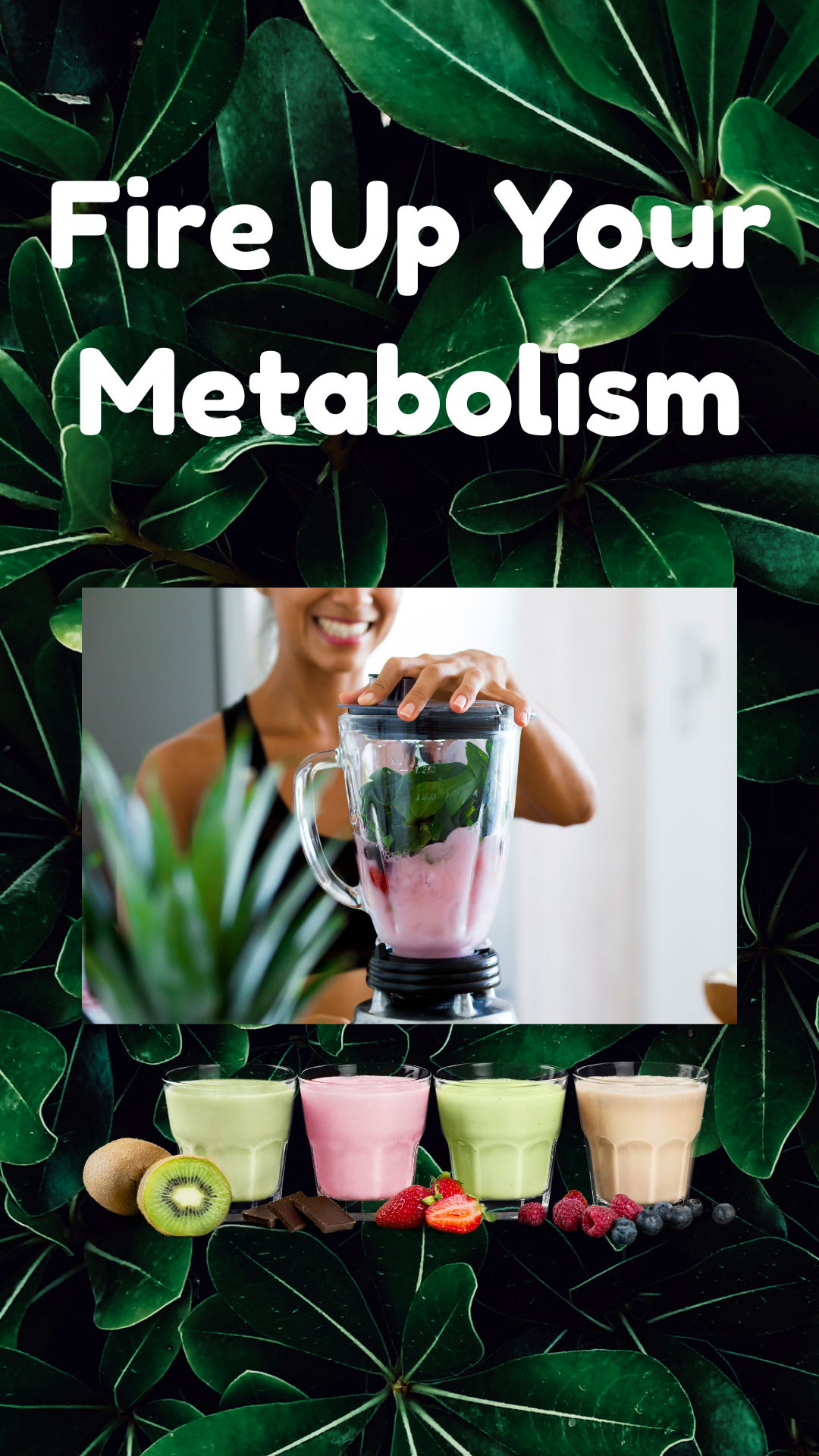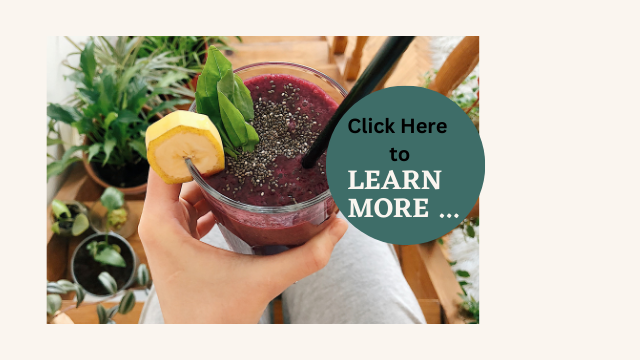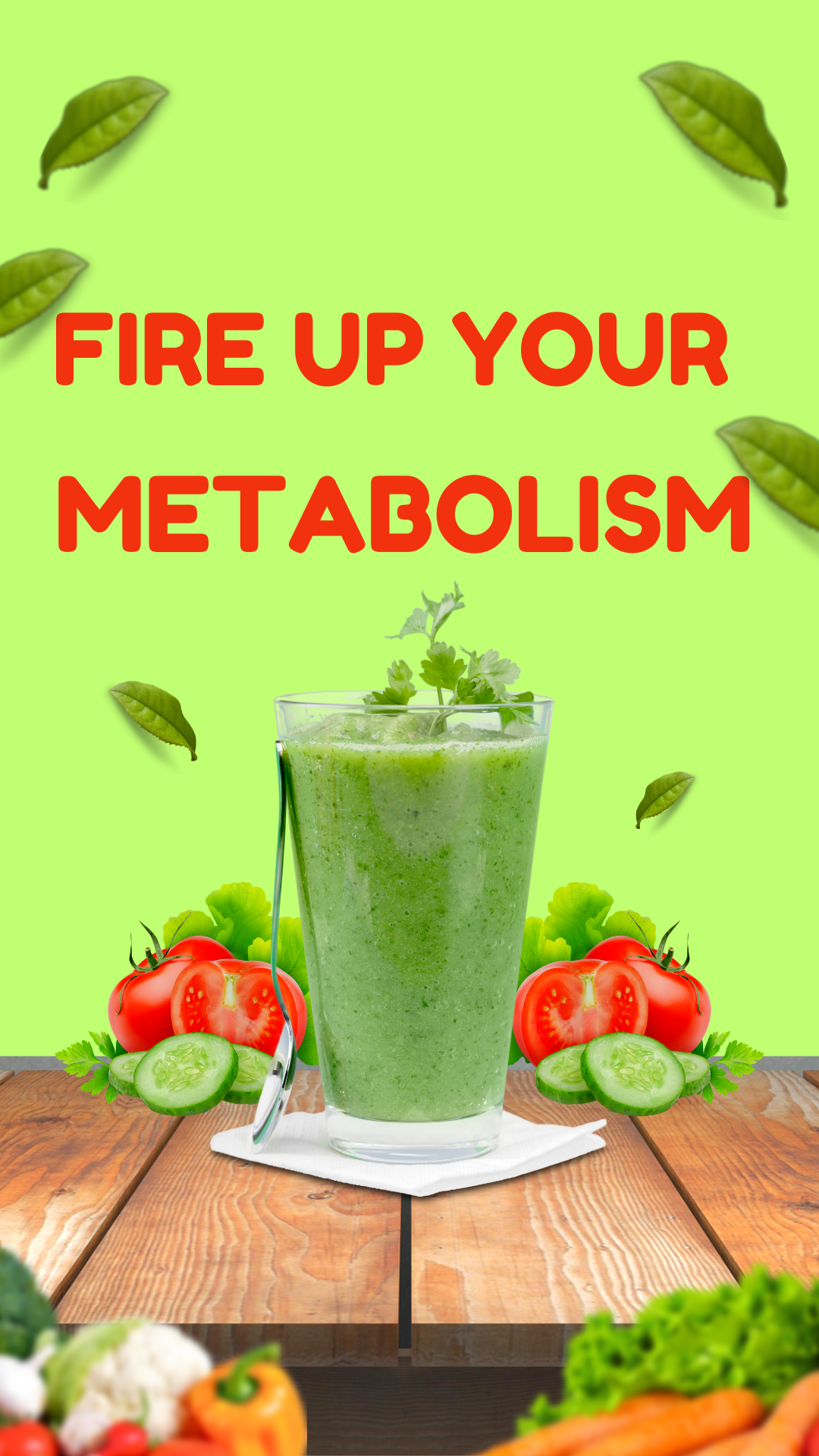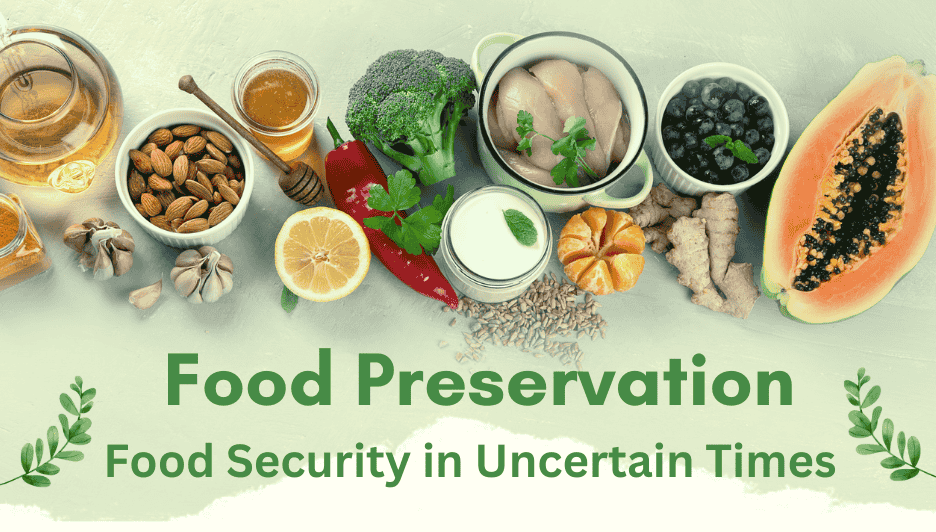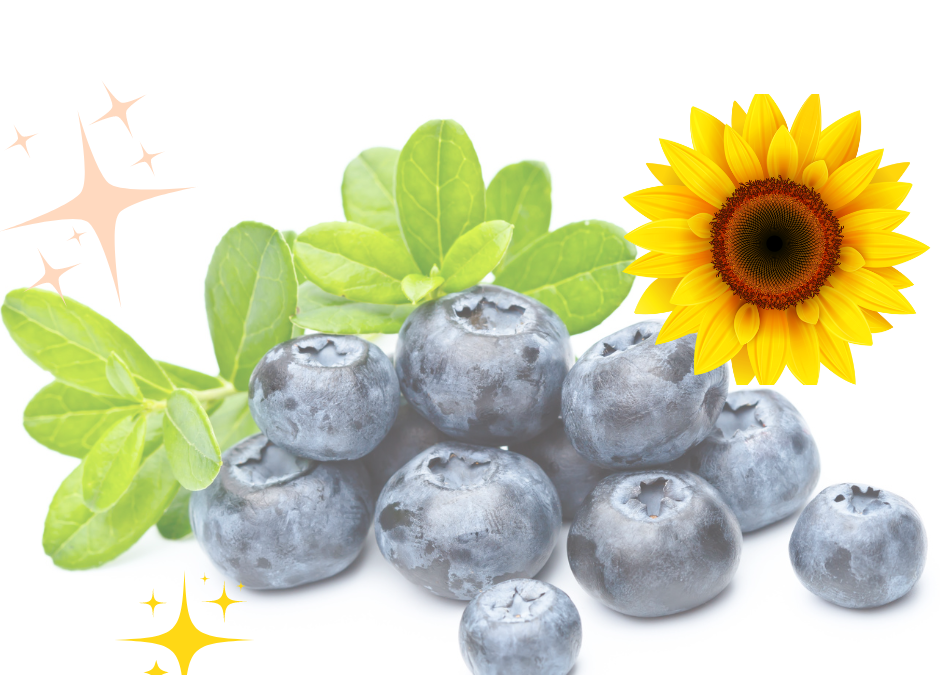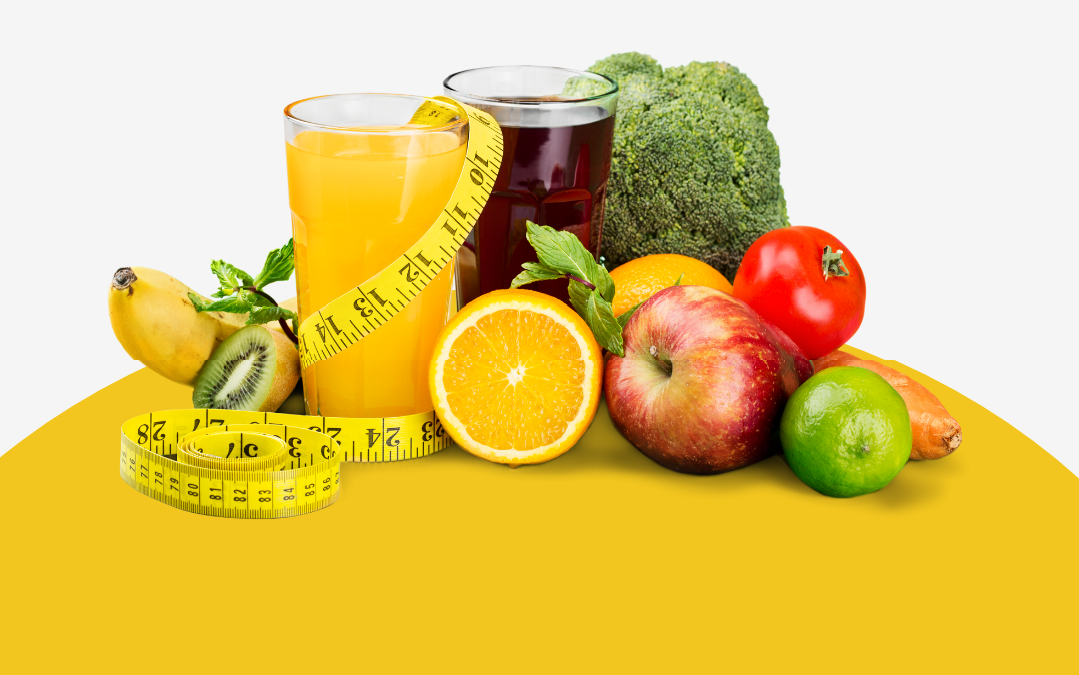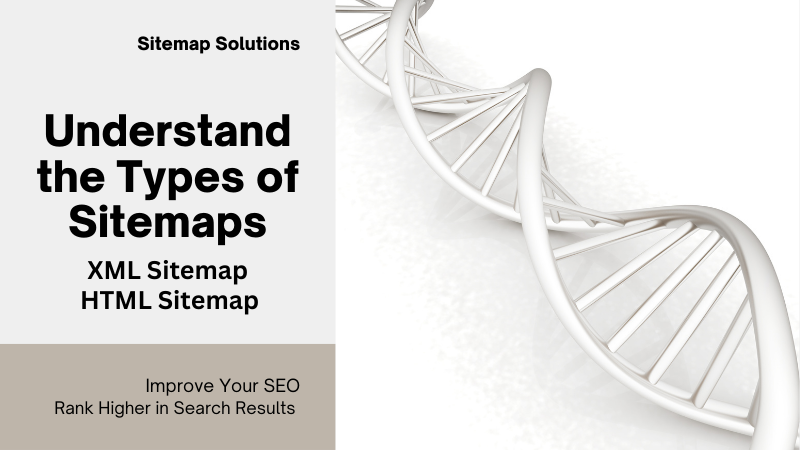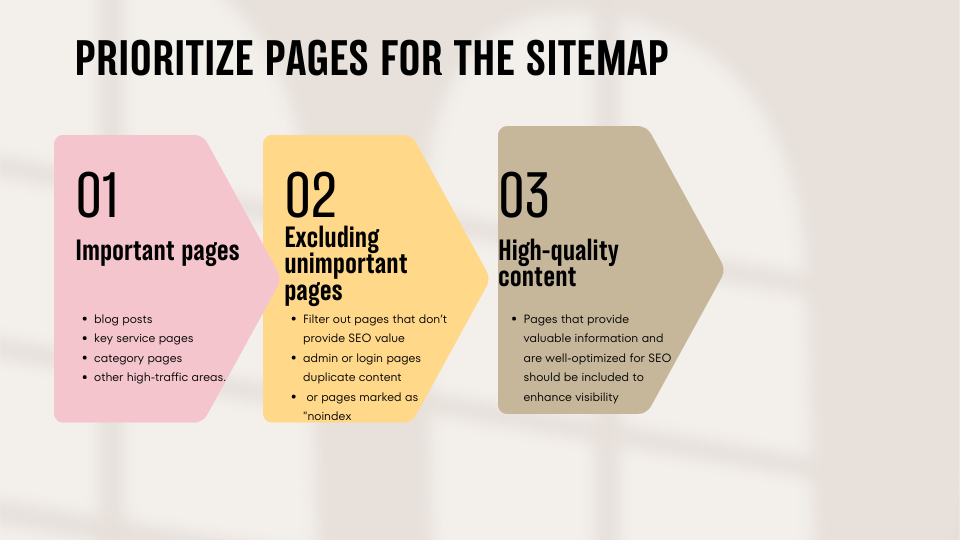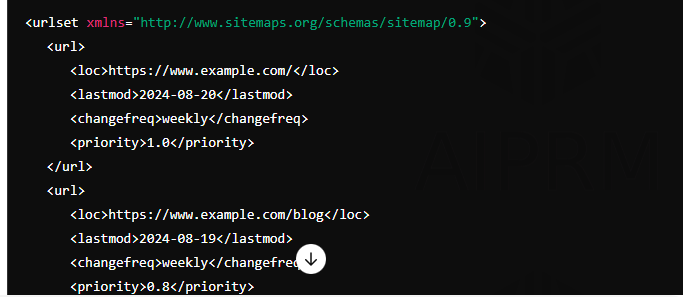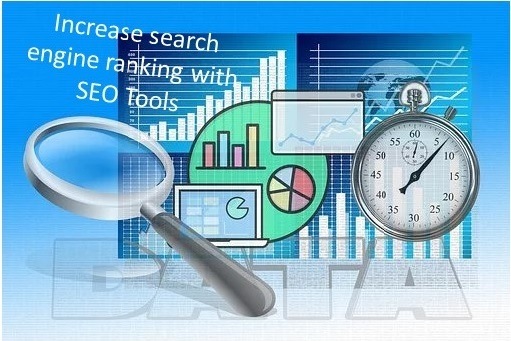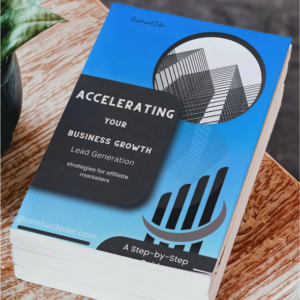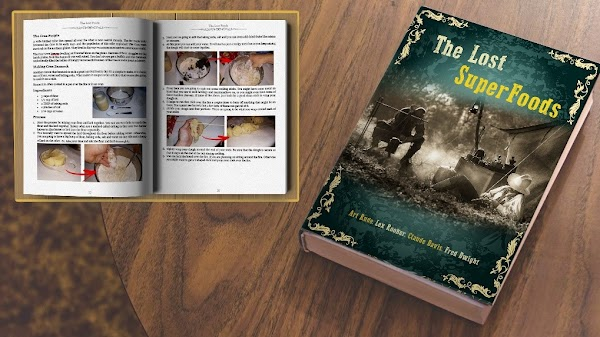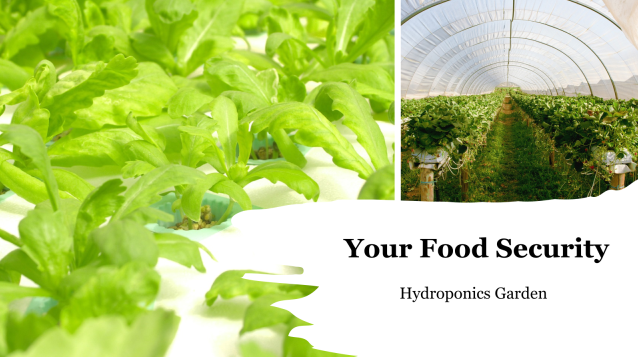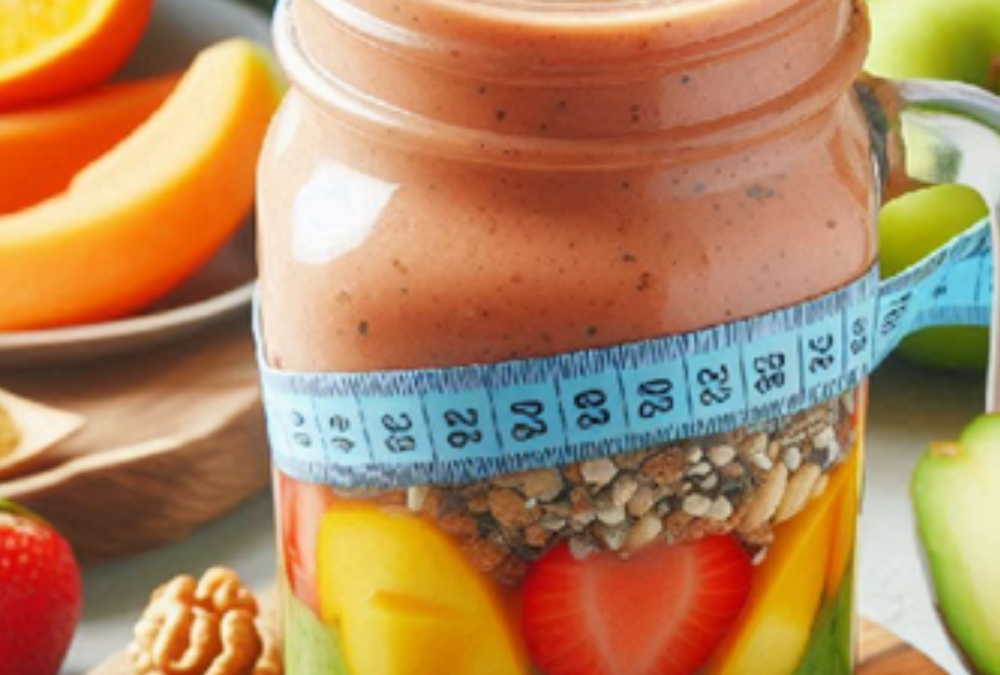
Best Metabolism Boost for Weight Loss After 52
Best Metabolism Boost after 50:
The best metabolism boost for weight loss are fat-burning smoothie ingredients that work.
In this article, you will learn the most effective strategies for burning fat and shedding pounds.
Metabolism is the engine that powers your body, turning the food you eat into the energy needed to keep you functioning throughout the day.
When it comes to weight loss, many factors influence metabolic rate—including age, genetics, and activity level—there are ways to naturally enhance it through proper nutrition.
One such approach is the Smoothie Diet, a convenient and nutrient-dense way to rev up your metabolism.
This guide dives deep into how the best metabolism boost works.
The key nutrients fuel it, and how to use the Smoothie Diet to naturally increase your metabolism rate for sustainable weight loss.
What Is Metabolism? How to Boost Your Metabolism
Increase or how to get the best Metabolism boost refers to all the chemical processes your body performs to convert food into energy.
These processes are essential for maintaining vital functions such as breathing, digestion, and cell repair.
The speed at which your body burns calories to sustain these processes is known as your basal metabolic rate (BMR).
Several factors influence your BMR, including your age, gender, muscle mass, and genetic makeup.
A higher metabolism means your body burns calories more efficiently, even at rest, which can be critical for weight loss.
Conversely, a sluggish metabolism makes it harder to lose weight, even with proper diet and exercise.
How Smoothies Improve Digestion and the Best Metabolism Boost
The best metabolism boost for weight loss is the smoothie diet.
Because, the Smoothie Diet is an excellent way to incorporate metabolism-boosting foods into your daily routine.
So, by blending nutrient-dense fruits, vegetables, protein, and healthy fats into delicious, easy-to-consume meals, you can increase your metabolism and kickstart your weight loss journey.
Here’s how the Smoothie Diet helps:
Nutrient-Dense Ingredients
The key to increasing your metabolism is providing your body with the essential vitamins, minerals, and macronutrients to function correctly.
Because Smoothies offer a concentrated dose of these nutrients without the excess calories found in processed foods.
- Leafy greens like spinach and kale are rich in iron, which helps oxygenate your blood and increases energy production.
- Berries (e.g., blueberries, strawberries) are packed with antioxidants and fiber, supporting healthy digestion and metabolism.
- Protein sources such as Greek yogurt or plant-based protein powder build muscle, which burns more calories even when you’re at rest.
High in Fiber
Fiber is essential for healthy digestion and maintaining steady blood sugar levels.
When your blood sugar levels are balanced, your body can focus on burning fat instead of storing it.
Foods high in fiber slow down digestion, keeping you fuller for longer and preventing the cravings that often lead to overeating.
- Chia seeds, flaxseeds, and oats are common smoothie ingredients loaded with soluble fiber, which aids digestion and reduces bloating. Fiber also helps regulate cholesterol levels, improving heart health in addition to metabolism.
Thermogenic Ingredients
Certain foods increase your body’s internal temperature, a process known as thermogenesis.
This increase in temperature causes your body to burn more calories as it works to cool itself down, effectively boosting your metabolism.
Including thermogenic ingredients in your smoothies can help accelerate fat burning.
- Cinnamon, ginger, and green tea are excellent additions to a smoothie for their thermogenic effects. They not only add flavor but also speed up the fat-burning process.
Balanced Macronutrients
To maximize your metabolic rate, it’s essential to consume a balanced combination of macronutrients—carbohydrates, proteins, and fats. Smoothies offer the perfect opportunity to include all three.
- Proteins from ingredients like almond butter, Greek yogurt, or protein powder help maintain and build muscle mass. Muscle is metabolically active, meaning it burns more calories than fat, even when you’re not exercising.
- Healthy fats from avocados, flaxseeds, or coconut oil help regulate hormones like insulin and leptin, both of which play crucial roles in metabolism.
- Complex carbohydrates from fruits and vegetables provide sustained energy without causing blood sugar spikes, which can lead to fat storage.
How to Regulate Blood Sugar with the Smoothie Diet?
One of the significant contributors to weight gain is blood sugar instability.
Consuming high-sugar or processed foods causes rapid spikes in blood sugar levels, leading to an energy crash that triggers cravings for more food.
These constant spikes and crashes wreak havoc on your metabolism.
The Smoothie Diet focuses on using whole fruits, vegetables, and healthy fats to keep your blood sugar steady throughout the day.
Low-glycemic fruits like berries and green apples provide natural sweetness without negatively affecting blood sugar.
While fiber-rich greens help stabilize glucose levels, keeping you energized and reducing the likelihood of cravings.
Best Metabolism-Boosting Smoothie Recipe
Try this metabolism-boosting smoothie to kickstart your weight loss journey:
Green Metabolism Smoothie
- 1 cup spinach
- 1/2 cup frozen berries (blueberries or strawberries)
- 1 tablespoon chia seeds
- 1 tablespoon almond butter
- 1/2 teaspoon cinnamon
- 1 cup unsweetened almond milk
- 1 scoop protein powder (optional)
Instructions: Blend all ingredients until smooth. Enjoy as a breakfast smoothie or post-workout snack.
This smoothie is packed with fiber, protein, and metabolism-boosting ingredients like cinnamon and almond butter, which help keep you full and energized.
Additional Tips to Maximize and the Best Metabolism Boost
While the Smoothie Diet can play a significant role in increasing your metabolism, there are other lifestyle changes you can make to amplify its effects:
Incorporate Strength Training
Building muscle mass is one of the most effective ways to boost your metabolism. Muscle burns more calories than fat, so the more muscle you have, the more calories your body will burn at rest. To build lean muscle, incorporate strength training exercises such as weightlifting or resistance band workouts into your routine.
Stay Hydrated
Dehydration can slow down your metabolism by as much as 3%. Drinking plenty of water throughout the day helps keep your metabolism running efficiently. Adding water-rich foods like cucumbers and watermelon to your smoothies can help you stay hydrated
Get Enough Sleep
Poor sleep disrupts the hormones that regulate hunger and metabolism, leading to increased cravings and a slower metabolic rate. Aim for 7–9 hours of sleep per night to support your weight loss efforts and maintain a healthy metabolism
Eat Small, Frequent Meals
Instead of eating large, heavy meals, try consuming smaller, more frequent meals to keep your metabolism active. Smoothies are a perfect option for a light, nutrient-dense meal that won’t leave you feeling sluggish.
Conclusion:
Best Metabolism Boost for Weight Loss After 52
Boosting your metabolism is key to achieving sustainable weight loss.
And the Smoothie Diet provides a simple, delicious way to do it.
By focusing on nutrient-dense, high-fiber ingredients, balancing your macronutrients, and incorporating thermogenic foods, you can rev up your metabolism and burn fat more efficiently.
Remember, weight loss is not just about cutting calories—it’s about fueling your body with the right foods to keep your metabolism humming.
Add smoothies to your daily routine and pair them with healthy lifestyle habits like regular exercise, proper hydration, and adequate sleep to see lasting results.

